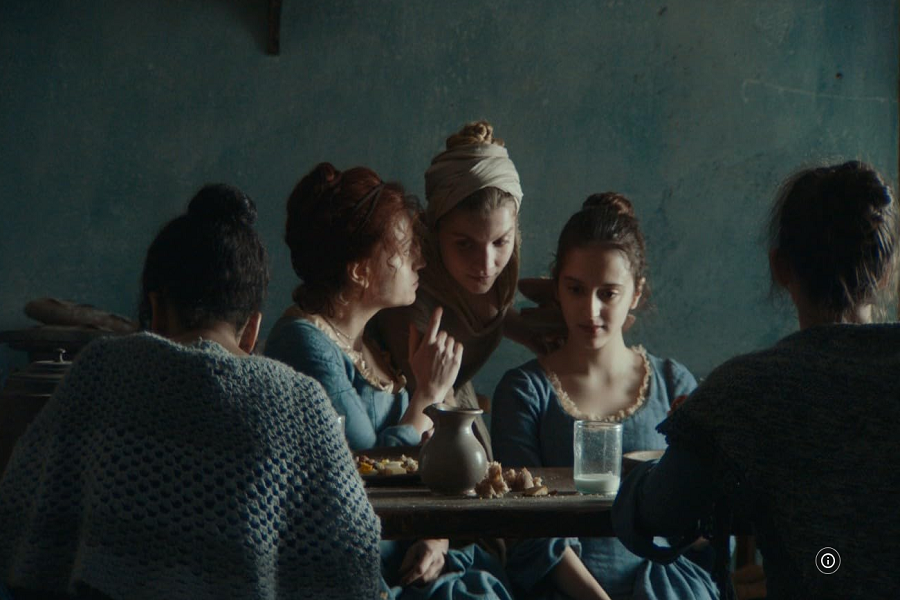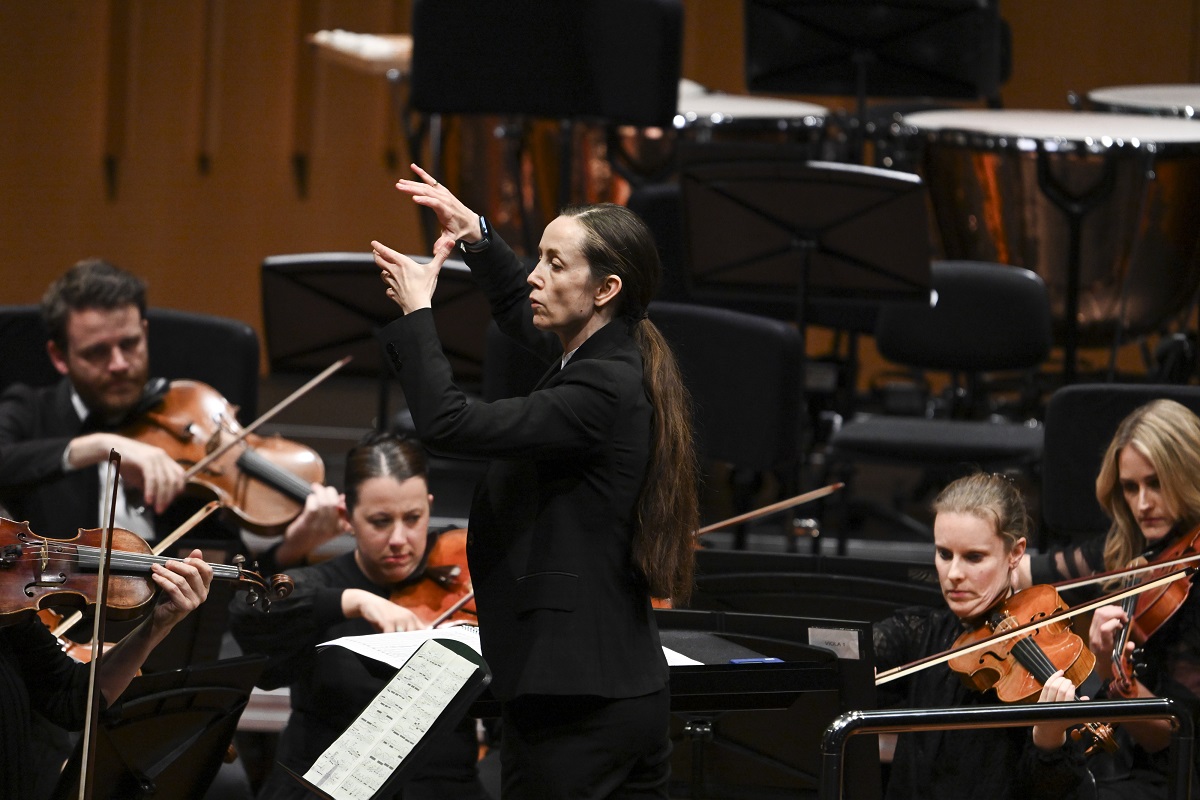
Mixed media /“VIEW2023”, Emily April O’Neill, Aidan Gageler, Harry Merriman, Gabriela Renee, Aaron Sun, April Widdup and Chenfei Xio. At the Huw Davies Gallery until April 15. Reviewed by CON BOEKEL.
EACH year PhotoAccess devotes an exhibition to emerging Canberra region artists.
The 2023 exhibition generally resonates around the theme of geographic, personal and social positioning.
Gageler’s abstract “photographic” works are created using analogue processes. Remarkably, the camera is absent. Gageler uses a red perspex screen to transform their colour works into perceived black and white works and vice versa as the viewer moves back and forth seeing first through perspex and then directly. Black and white or colour may serve as emotional markers.

Merriman exhibits videos of a farm day. Light and shade are finely observed. In line with most modern artistic landscapes, the shearing shed and the paddocks are devoid of humans. This depopulation contrasts with Tom Robert’s 1890 “Shearing the Rams”. Roberts had no compunction about populating his shed. Perhaps because of an almost post-apocalyptic absence of humans, the videos have an elegiac and soothing impact.
Renee creates a multimedia grotto of photos, materials, a CD, and a video of a spinning, dancing child. The work is self-referential, reflecting Renee’s experiences from childhood to adulthood, various cultural heritages, and the richness of migration. How to explore, present or archive such wealth?
Xio exhibits a triptych. The centre panel is dominated by Guanyin, a multi-armed Bodhisattva regarded as being helpful to humans. The right panel has what might be called straight artefacts – candles a small chest and so on. The left panel mirrors the same artefacts, perhaps from a queer perspective. The candles are phalluses and the chest is draped in pinks. The figures lack genitalia but sex toys abound. The artist thus explores being simultaneously queer and Buddhist. Repeated visual references to Black Mountain Tower locate the work for Canberrans.
Widdup exhibits two installations. In one, the viewer lies on their back, body exposed vulnerably to the crowd, and looks up through a set of translucent beads at a big eye looking down. This is an unsettling physical and imaginative experience of the perceptual distortions in seeing and being seen as queer.
The second installation involves getting down on hands and knees, again physically vulnerable, to look through a small window. Inside a large rectangular box there are fields of names – like those on the plinths of memorial soldier statues country towns. The names are of queers who have lost their lives because of hate crimes or who have suicided.
The emotional and intellectual bounce between the playfulness of participating physically like a child, bodily vulnerability, and ruminating about the adult content, is bang-on confronting.
Sun exhibits a multi-media installation. Text, video and audio weave between racists talking and the subjects of racism reporting the adverse consequences of racism in everday language. The juxtaposition has a quiet power.
O’Neill places the viewer on a sensor mat between projectors and multiple physical screens. The projected screen shots are of assorted digitalia. By stepping around on the mat, the viewer triggers changes in the screened items, interrupted by their shadow as they move around. The viewer gains a consciousness of being caught awkwardly between projectors and screens, and thus between content providers and content.
“View2023” begs many questions: “How do we manage the digital world, avoid being manipulated by digitalia, appreciate personal differences, and include minority groups?” And more obliquely, “How should we repopulate our shared landscapes?”
“View2023”, curated by Gabrielle Hall-Lomax, is excellent.
Who can be trusted?
In a world of spin and confusion, there’s never been a more important time to support independent journalism in Canberra.
If you trust our work online and want to enforce the power of independent voices, I invite you to make a small contribution.
Every dollar of support is invested back into our journalism to help keep citynews.com.au strong and free.
Thank you,
Ian Meikle, editor




Leave a Reply